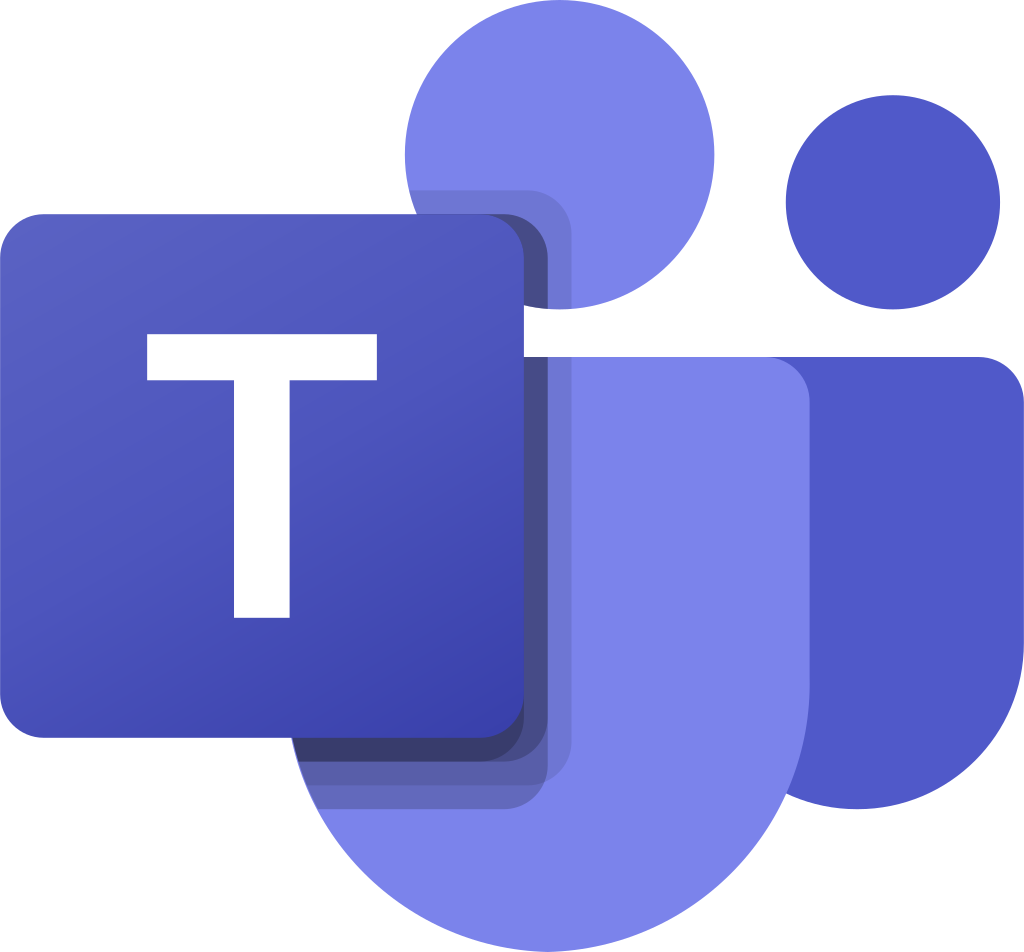Getting Started
You have a lot of freedom in choice of topic, but that can be overwhelming. These pages are to help you to identify a Chican@ history topic that will have plenty of relevant sources...and find them with the least amount of time and effort.
Ready...
You have been given guidelines to locate and analyze historical evidence from three different categories:. These categories determine where to start your search:
1) Visual primary source (art, photograph, map, object)
2) Textual primary source (diary, newspaper article, oral history transcript)
3) Textual secondary source (article written by a specialist scholar that meets your professor's criteria)
Set...
Analyze the source material you need. Books, articles, newspapers, photos, diaries, government publications? there is wide variety of materials, but remember primary sources are of primary importance to you! (yes, that was deliberate.)
Primary sources are textual or physical items created AT THE TIME of the event or era.
Secondary sources are articles and books that examine a number of primary works to create an argument and text. The author may also discuss other secondary writings, but generally depends on primary sources. Secondary sources are written years AFTER the event or time period and through social lenses and biases that may be very different from the era being discussed. Check the sources used to make sure the source material was primary sources so not a re-hash of secondary work.
Ask yourself: What is available to me to inform and support my research? If you cannot find enough primary evidence due to issues such as access, language, or scarcity, it is time to re-think your topic.
Identify where to locate what you need. Is it in the book collection, newspaper databases, or an image collection? In looking at secondary sources, are there bibliographies and appendices to provide you with some of what you need? Which databases will provide the relevant sources?
Collect tools that will help you organize your resources, such as Zotero. An additional tool to help you with word use is the Oxford English Dictionary, found in the CSUSM Databases collection. Collect alternate phrases that can help uncover additional materials.
Go!
Do not wait to start!
Collect your research in print or electronic format. After finding a few pieces, start sorting into categories or topic collections. Collect several items in each category. Once you know more about your topic, you will be able to pick the best of each category to complete the assignment.


